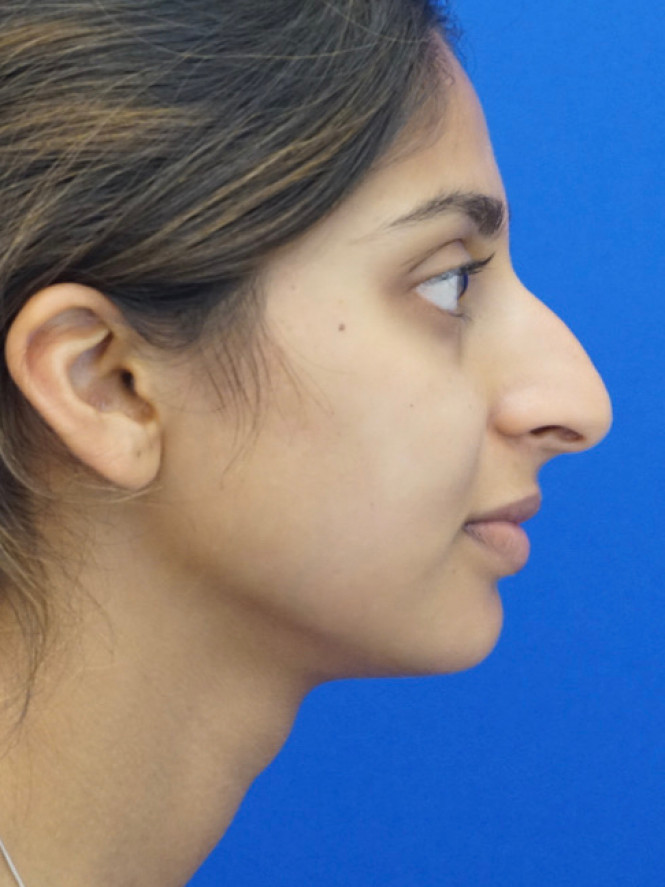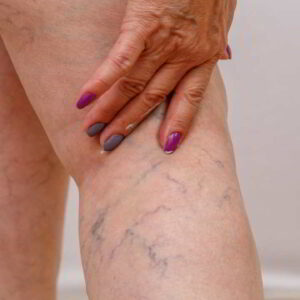A drooping nasal tip can significantly affect the balance and harmony of your facial features. Often misunderstood as a cosmetic concern only, a downward-pointing nose tip can also impact function and breathing in some cases. Rhinoplasty, a surgical procedure designed to reshape the nose, offers a targeted solution for this concern. Whether due to aging, genetics, or trauma, rhinoplasty is considered one of the most effective ways to lift and refine a drooping tip. Many patients seeking Rhinoplasty Dubai Silicon Oasis are specifically addressing this issue to restore both appearance and nasal function.
What Is a Drooping Nasal Tip?
A drooping nasal tip refers to a condition where the end of the nose points downward rather than aligning horizontally or slightly upward. This can result in a longer-looking nose or a “hooked” appearance.
Common Causes of a Drooping Tip:
| Cause | Description |
|---|---|
| Aging | Loss of skin elasticity and cartilage strength causes the tip to sag. |
| Genetics | Inherited nasal shape with downward tip projection. |
| Trauma | Injury to the nose may result in weakened cartilage support. |
| Previous Surgery | Over-resection or improper healing after earlier rhinoplasty. |
| Muscle Activity | Overactive depressor septi nasi muscle pulling the tip downward when smiling. |

How Rhinoplasty Corrects a Drooping Tip?
The core of rhinoplasty for a drooping tip involves repositioning, reshaping, and supporting the tip cartilage to elevate and define the nose.
Goals of the Procedure:
-
Lift the nasal tip for a more aesthetically pleasing profile
-
Improve nasal tip support and prevent future drooping
-
Restore facial symmetry and balance
-
In some cases, improve airflow if nasal passages are affected
Surgical Techniques Used:
| Technique | Purpose |
|---|---|
| Cartilage Grafting | Adds support to the tip using cartilage from the septum or ear. |
| Tip Suturing Techniques | Precisely stitches cartilage to control projection and rotation. |
| Depressor Muscle Modification | Weakens or detaches the muscle that pulls the tip downward. |
| Septoplasty (if needed) | Straightens the septum and provides grafting material. |
| Columellar Strut Placement | Adds structural support between the nostrils to lift the tip. |
Who Is a Good Candidate for Drooping Tip Rhinoplasty?
Not everyone with a slightly downturned nose needs surgery. Here’s how to determine if you’re a good candidate:
-
You feel self-conscious about your drooping tip
-
The tip becomes more prominent when you smile
-
You have realistic expectations about the outcome
-
You are in good general health
-
You are not a smoker or are willing to stop temporarily
Rhinoplasty Treatment Process: Step-by-Step
Here is a step-by-step overview of the treatment process to correct a drooping nasal tip:
Consultation & Assessment
-
Facial analysis and photo documentation
-
Nasal function evaluation
-
Discuss expectations and surgical goals
Surgical Planning
-
Detailed planning using imaging and sketches
-
Decide on grafts, suture techniques, and muscle modification
-
Plan for open or closed rhinoplasty based on severity
Procedure Day
-
Performed under general anesthesia
-
Duration: Approximately 2-3 hours
-
Open or closed rhinoplasty technique used
-
Grafts and sutures placed to support and lift tip
-
Muscle modification if needed
Recovery
-
Splint applied for protection
-
Swelling and bruising subside within 1-2 weeks
-
Final results visible in 6–12 months
Open vs. Closed Rhinoplasty for Drooping Tip
| Aspect | Open Rhinoplasty | Closed Rhinoplasty |
|---|---|---|
| Incisions | Small incision across columella | All incisions inside the nostrils |
| Visibility | Full visibility of cartilage and anatomy | Limited visibility |
| Precision | Better for complex tip work | Suitable for minor adjustments |
| Recovery Time | Slightly longer | Shorter recovery |
| Scarring | Minimal, hidden at the base of the nose | No visible scarring |
Recovery Timeline After Drooping Tip Correction
| Timeframe | What to Expect |
|---|---|
| Day 1–3 | Swelling, bruising, slight bleeding |
| Week 1 | Splint removed, initial shape becomes visible |
| Weeks 2–4 | Bruising fades, can return to light activities |
| Month 2–3 | Swelling significantly reduced, nasal breathing improves |
| Month 6–12 | Final shape and tip definition becomes stable |
Expected Results from Drooping Tip Rhinoplasty
-
Elevated and more defined nasal tip
-
Balanced nose-to-chin ratio
-
Improved side profile and overall facial harmony
-
Boosted self-confidence and satisfaction with appearance
FAQ’s:
Can a drooping tip return after surgery?
If proper structural support is added and healing goes smoothly, the results are usually long-lasting. However, age-related changes may subtly affect the nose over time.
Is it painful to have rhinoplasty for tip correction?
Treatment of Pain is minimal and manageable with medication. Most patients describe discomfort as pressure rather than pain.
How soon can I return to work after surgery?
Most people return to work within 7–10 days, depending on swelling and bruising.
Will my breathing improve after correcting a drooping tip?
If the drooping tip is obstructing airflow or if internal structures like the septum are addressed, breathing can improve.
Can tip-only rhinoplasty be done without changing the entire nose?
Yes. Tip rhinoplasty focuses only on refining and repositioning the nasal tip while leaving the bridge and bones untouched.
Conclusion
A drooping nasal tip can alter your facial proportions, draw attention away from your natural beauty, and in some cases, even hinder nasal function. Rhinoplasty offers a highly customizable and effective solution to address this concern. Whether your goal is cosmetic refinement or functional improvement, understanding the techniques, expectations, and recovery involved helps you make an informed decision.







